American Society for Testing and Materials (ASTM) published the new version of ASTM F963 in Oct 19th, 2016. According to the regulation of Consumer Product Safety Improvement Act (CPSIA), this standard will be a mandatory requirement in 180 days (Effective in the middle of 2017) if the CPSC do not venture an objection in 90 days. All the certification of toys will be followed and tested as ASTM F963-16 from the effective date of the standard.
There are some differences from the ASTM F963-11, mainly for the quality requirement and test requirements for the toy, especially for the battery-operated toy and toy accessories.
Battery-operated toys
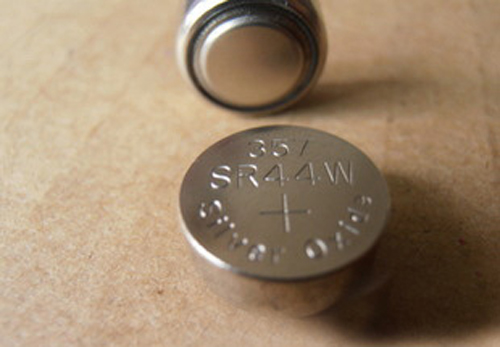
There are more and more electronic toys in the market with different types. The new ASTM F963 provides more specific requirements for the toy and the batteries.
It adds the definition for button cell battery and coin cell battery which look similar but with different contain details. For the lithium battery, there are requirements of certification of shell for lithium battery to prevent foreseeable circuit was damaged after abuse. There are specific requirements for the battery charger and external charging products.
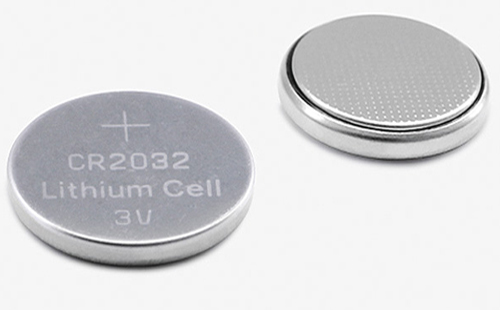
It also adds the definition and requirements of storage battery and storage battery pack. During the tests, the surface temperature of storage battery should be lower than 60℃ for plastic cover, 50℃ for metal or glass cover. The non-touch surface of lithium battery should be lower than 71℃.
Magnets toys
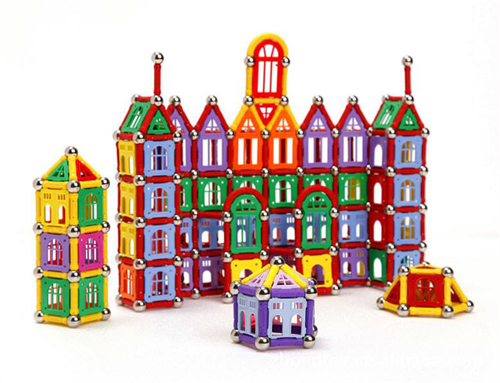
In the cases of recent recalls, there are so many about the damage caused by the children swallowed the small magnet material. It will be a potential danger for the children to swallow if the magnet can be removed from the toys and can be completely into small part testers. The other danger is that the mutual attractive force between magnets is proportional to the flux index. If there are two or more than two magnets swallowed by children, absorption and combination of magnet force may cause the bowel perforation or obstruction, even killing the children.
In order to prevent the damage, the new ASTM F963 made the following changes. The magnetic flux index of dangerous magnets will be ≥50t2mm2 to replace the former value of >50t2mm2, the new index is the same with EN and ISO requirements.
There are new test requirements for the toys. Such as soak test for wood toys or magnet toys, pressure test for the touchable magnet which can‘t be caught, loop test for the magnet and the matched metal parts.
Projectile toys
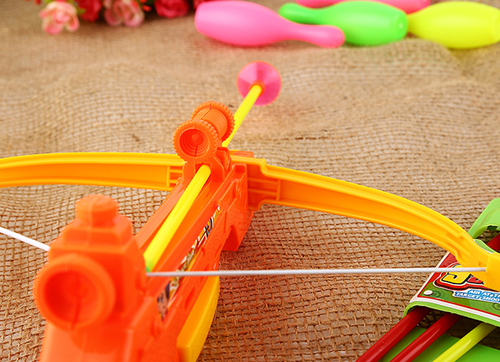
It is dangerous for eyes and skin if the kinetic energy is too high for projectile toys. The revised standard redefined the launcher and added the definition of free flight and requirement for non-energy-storage projectile toys.
The standard adds the definition of collisional edge and requires that the radius of collisional edge should be ≥0.25mm. For the energy storage projectile toys, the kinetic energy per unit area should be lower than 2500J/m2 which is the same with ISO 8124.
The revised standard requires to use radius gauge to measure the head of rigid projectile objects. The launching distance should be ≤300mm for energy storage projectile toys. There should have protective rotors for the projectile objects which will rotate in the horizontal plane.
Toy chests
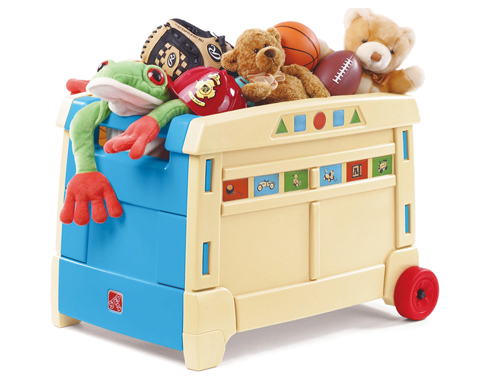
Many parents will buy toy chests to clear up the toys in order to develop the good habit for children to clear up things. The cover hinge line of the boxes or chests will be a danger of fingers when children open and close the boxes. There are potential dangers for enter toy boxes to cause asphyxia.
The new ASTM F963 requires upholders or support devices for vertical hinge cover toy chests to prevent the sudden close or fall of the lids. There should not have automatic locking device for lid, cover plate and the door. The closing force should be lower than 10lb (45N).






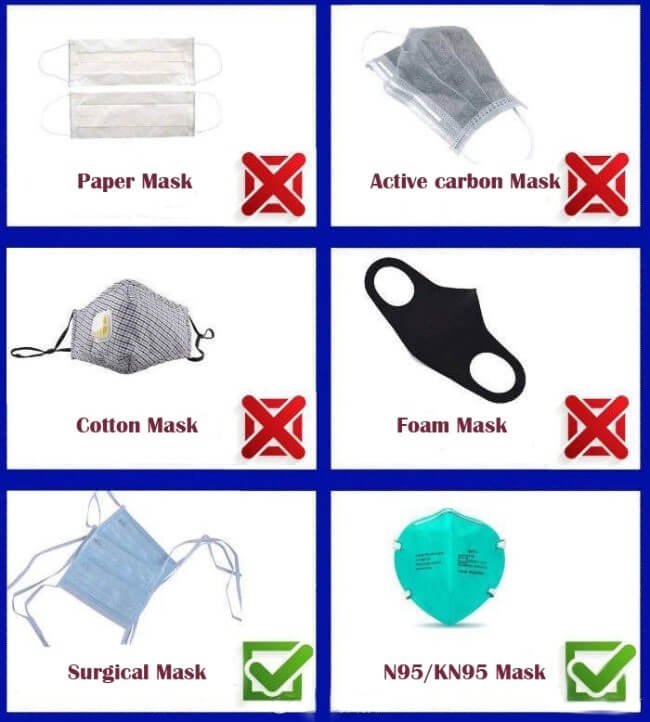
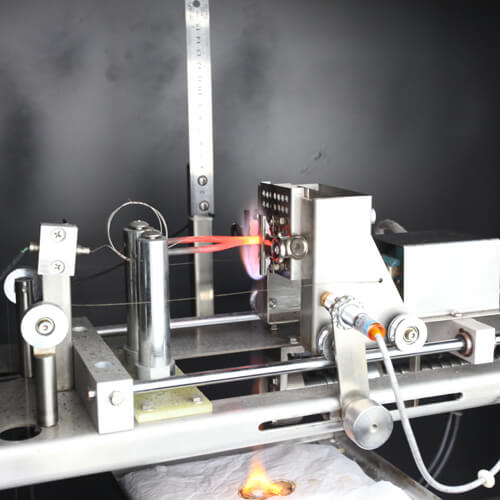
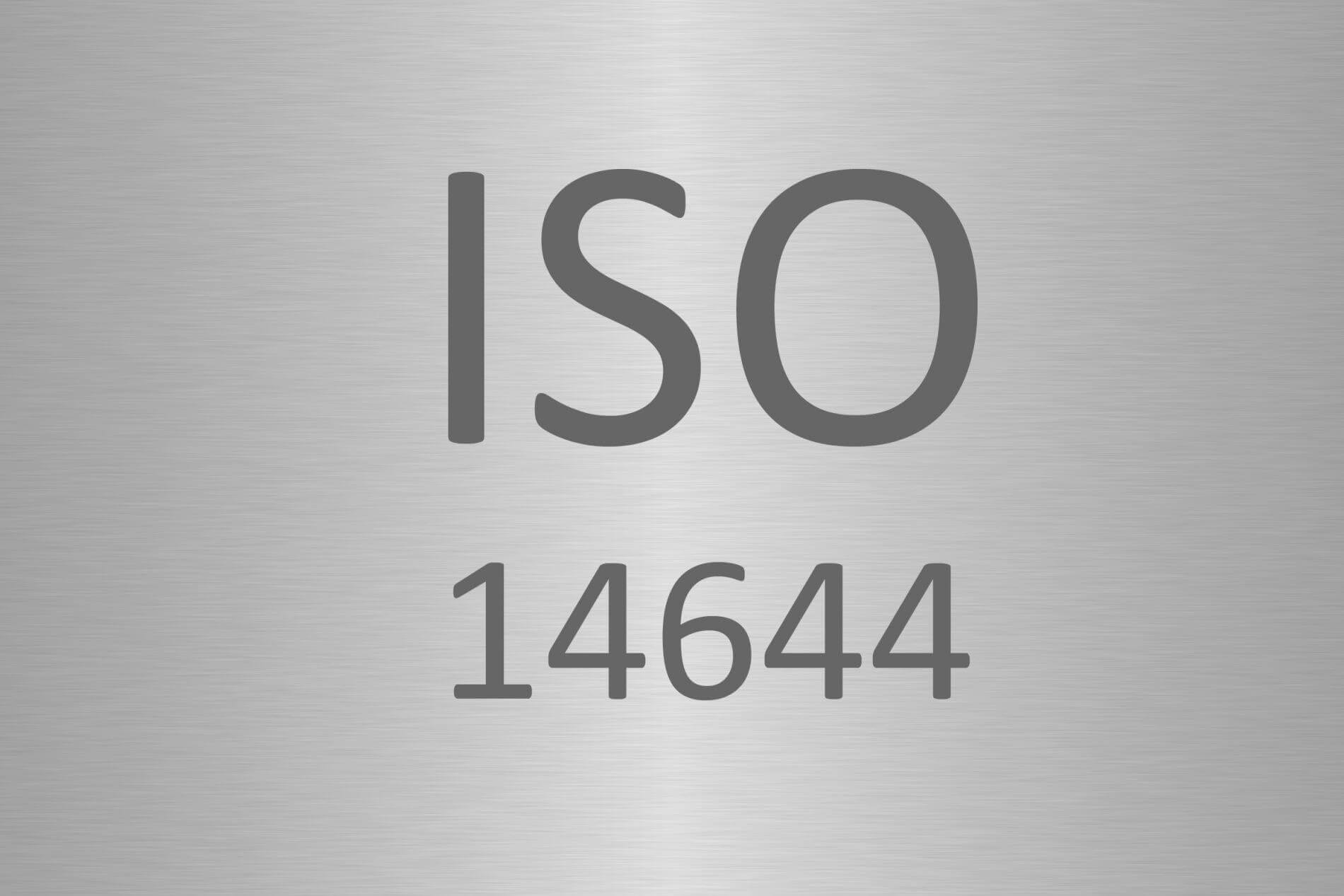
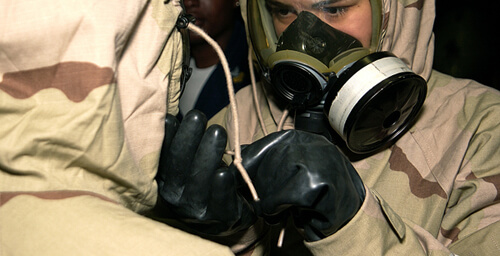

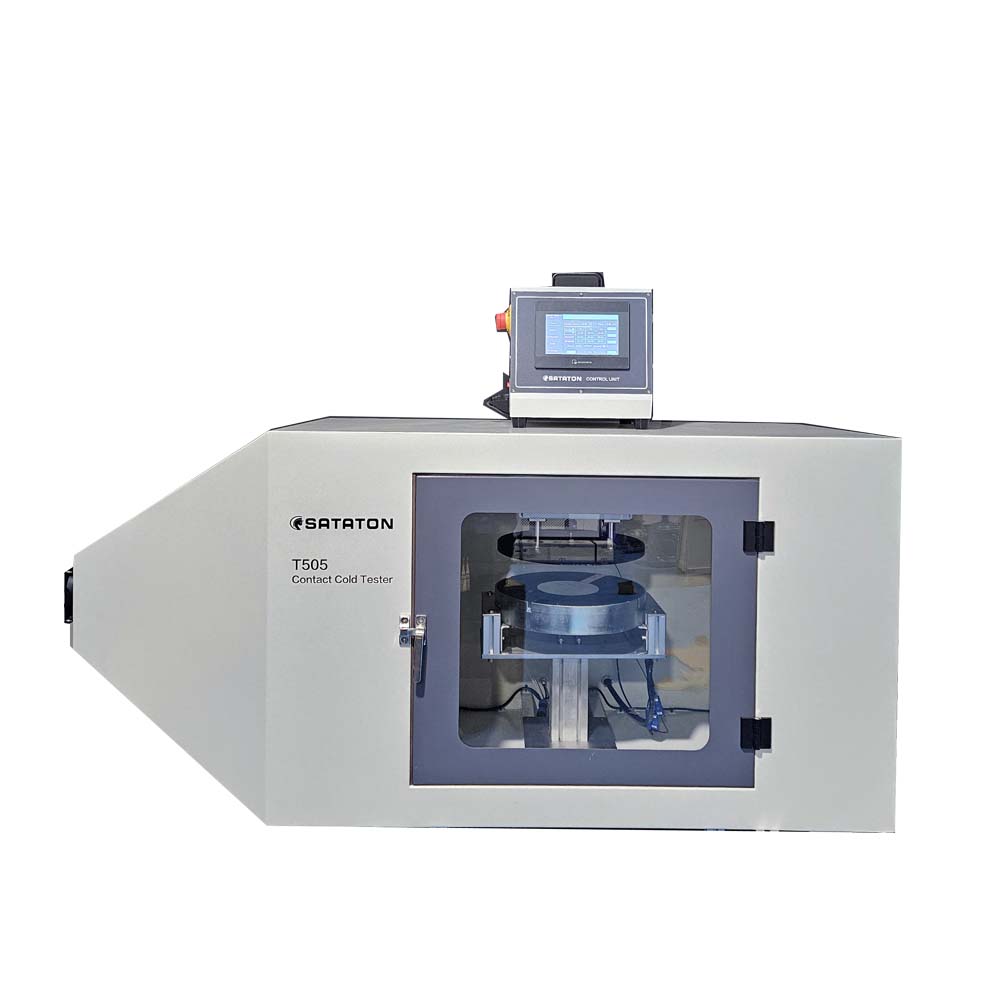
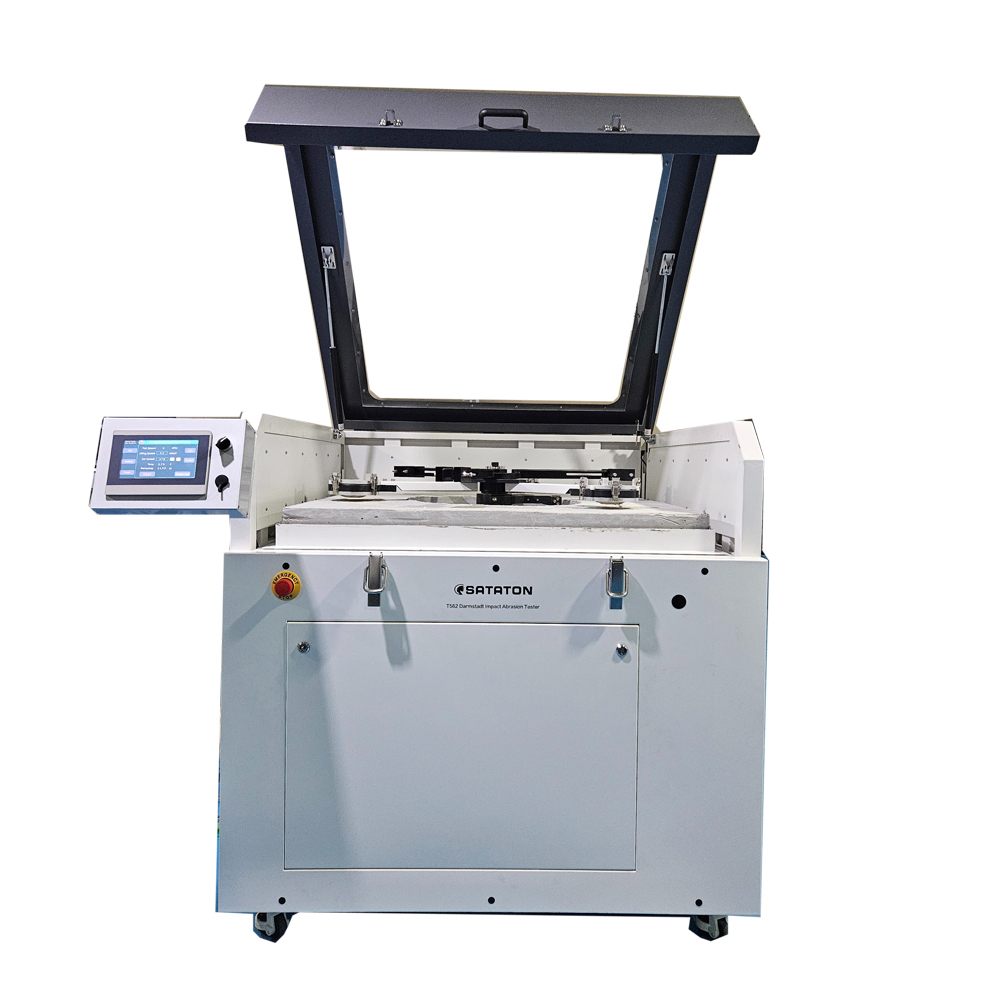
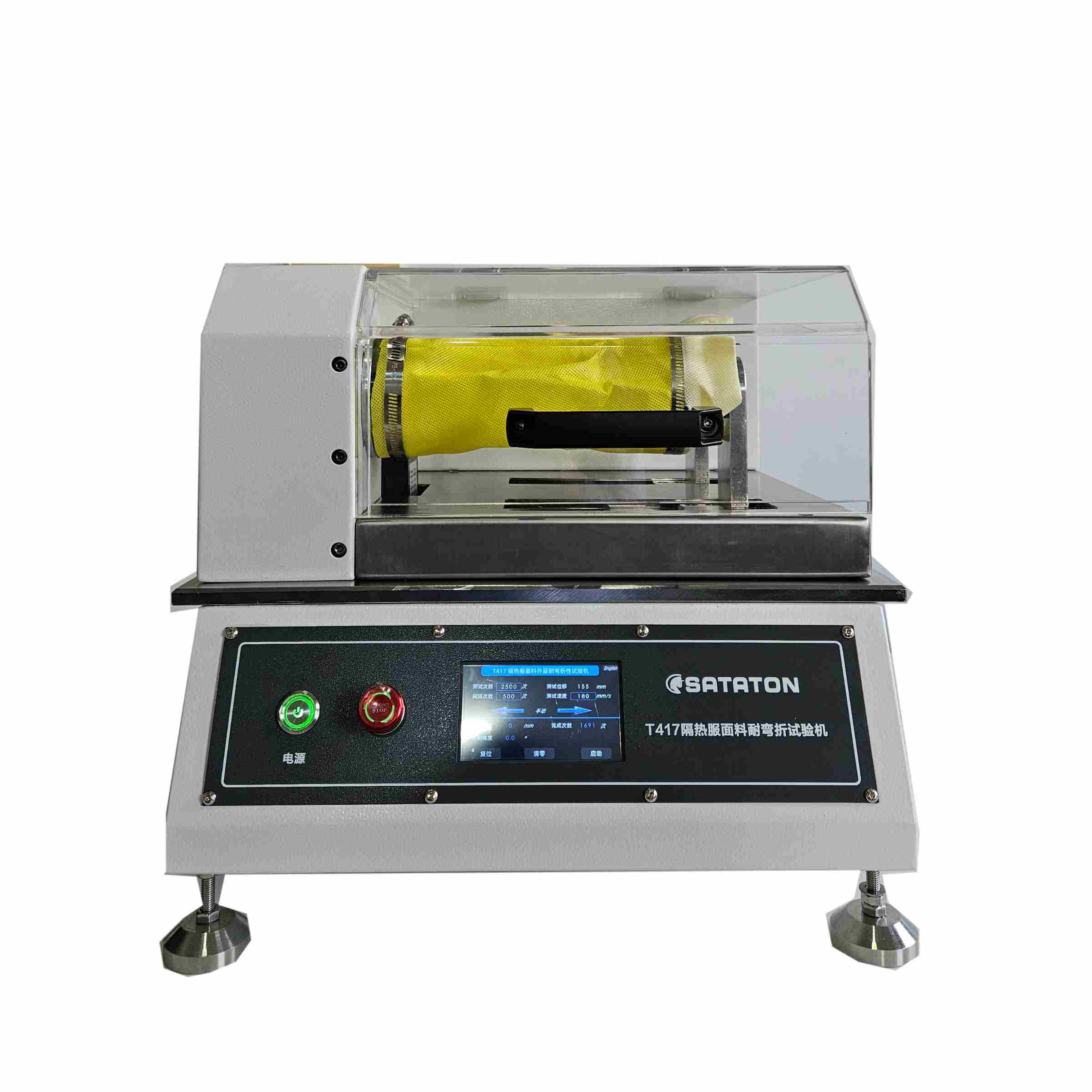
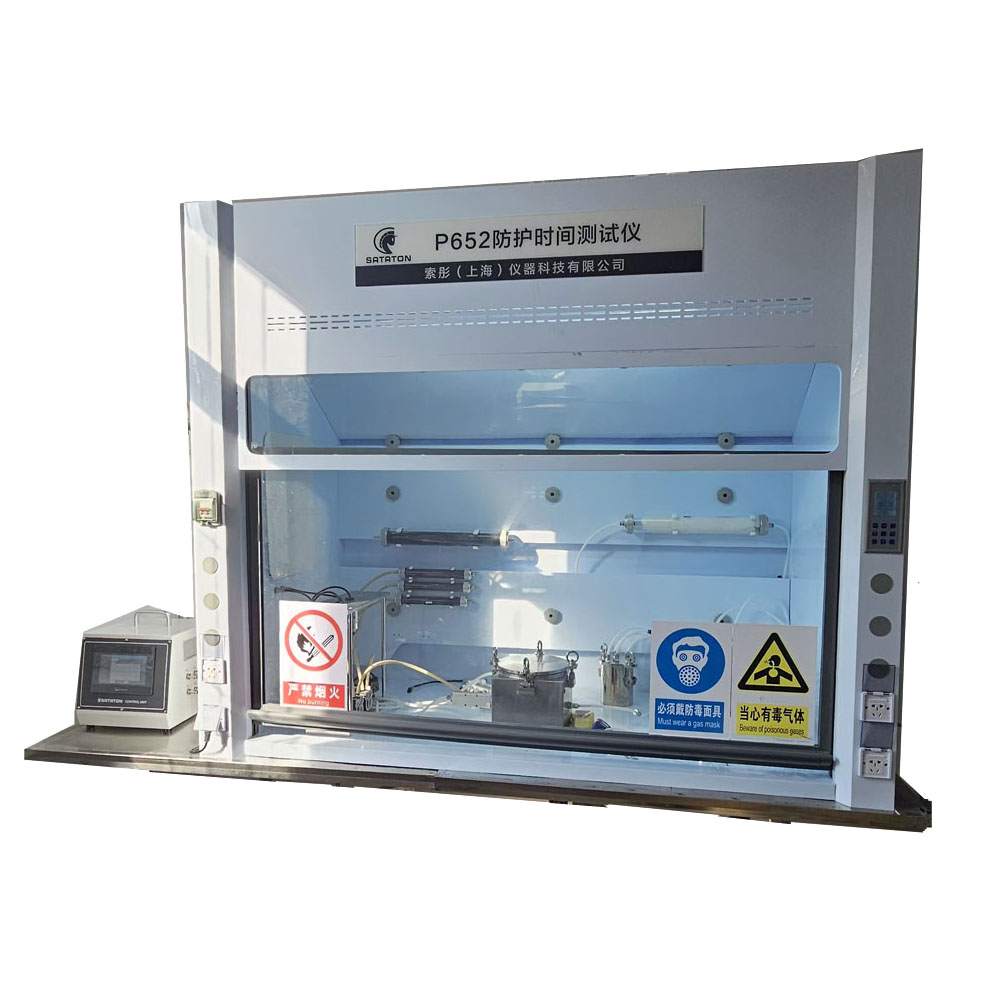
No Views.